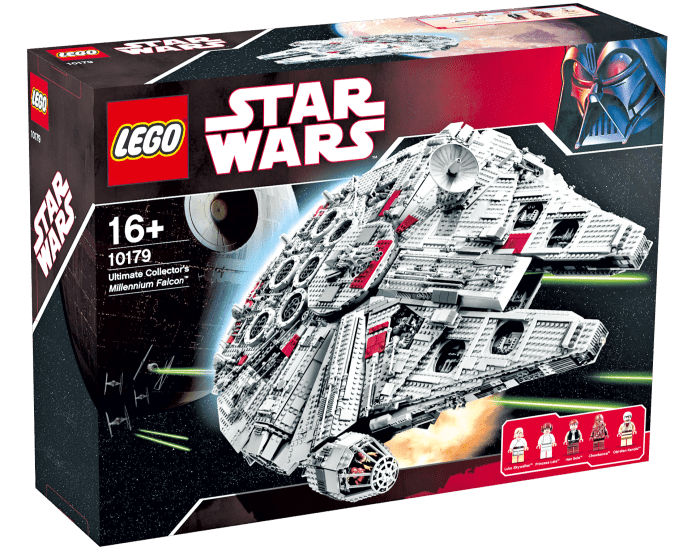
With cryptocurrencies having one of the most impressive bull runs in the history of financial assets, it’s easy to see why people are no longer impressed by traditional investments. However, if you’re not the kind of person that can handle the heart-racing, wild volatility of the crypto market, you may be interested in another unusual way of investing that can be both highly profitable and not that all that risky. That would be collecting toys, believe it or not.
According to a study published this week in the journal Research in International Business and Finance, some rare toys like retired LEGO sets can grow in value at a rate as high as 11% per year. That’s much faster than gold, stocks, and bonds — the go-to financial instruments preferred by retail and institutional investors for decades.
Collectible toys are in the same investment class as rare wines, vintage cars, jewelry, art, and antiques. Collectibles are items that are worth far more than their original sale price and are considered alternative investments—vehicles that don’t fall into any other category like stocks, bonds, cash, or real estate.
Most wealthy people are aware of the importance of diversifying their portfolios by adding collectibles to their baskets. About 10% of their net worth is comprised of works of art, jewelry, and other collectibles whose value tends to rise in time, providing a cushion during periods when the stock market crashes.
But while traditional collectibles have been widely studied by economists, toy collectibles like discontinued model cars and Barbie dolls have been largely ignored.
For their new study, researchers at the Higher School of Economics at the University of Moscow analyzed the prices of 2,322 LEGO sets that were first released between 1987 and 2015. They compared the primary sales price to those from online auctions of unopened sets.
In just two to three years after a LEGO set is retired, the secondary market prices typically start growing, although there was a great deal of variation ranging from -50% to +600% annually. That’s because the value of the sets depends on numerous factors, the best indicators for swing trading being the number of sets of the edition and the interest in special editions such as those dedicated to iconic films, books, or historic events.
The medium-sized sets saw the least returns, while very large and, conversely, very small sets grew the fastest. Smaller LEGO sets tend to have unique parts or figurines that never show up in other releases, while very big sets tend to be produced in small quantities and are more attractive to adults.
Concerning thematic sets, some of the most expensive were those dedicated to the Millennium Falcon, Cafe on the Corner, Taja Mahal, Death Star II, and the Imperial Star Destroyer.
For instance, the Financial Times reports that the largest set the Danish toymaker ever produced — a version of the Star Wars Millenium Falcon, which consisted of nearly 6,000 pieces — was released in 2007 at a price of around $400. In 2014, an unopened set sold at an auction in Las Vegas for $15,000. This particular sale marks the world’s most expensive Lego set, so it’s definitely an outlier, but elsewhere similar unopened sets regularly fetch $6,000.
Keeping the set unopened and in pristine condition is key to having a collectible toy item that grows in value with time. Once opened, collectible toys decline in value automatically by at least 25%, Gerben van IJken, toy expert, Lego valuer and auctioneer for the site Catawiki.
The prices of LEGO collectibles on secondary markets were not tied to the stock market, making them a good store of value and hedging against market swings. Artworks and antiques play a similar role, but the entry barrier of a collectible LEGO set is usually lower. On the other hand, LEGO sets are only worthwhile as an investment vehicle when playing the long game. You have to hold a set for at least three years after the set is discontinued in order to experience a positive yield. An initial transactional cost is also higher than in stocks or bonds due to factors like delivery and storage.
“Investors in LEGO generate high returns from reselling unpacked sets, particularly rare ones, which were produced in limited editions or a long time ago. Sets produced 20-30 years ago make LEGO fans nostalgic, and prices for them go through the roof. But despite the high profitability of LEGO sets on the secondary market in general, not all sets are equally successful, and one must be a real LEGO fan to sort out the market nuances and see the investment potential in a particular set,” said Victoria Dobrynskaya, study co-author and Associate Professor at the Faculty of Economic Sciences at Moscow University.


